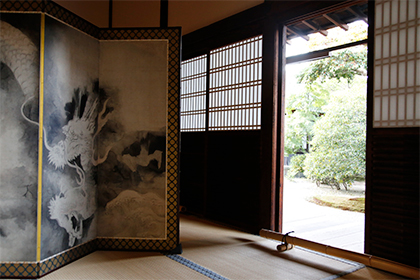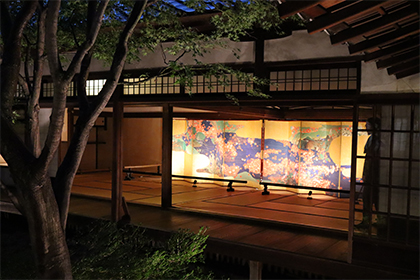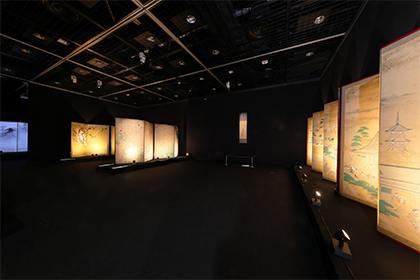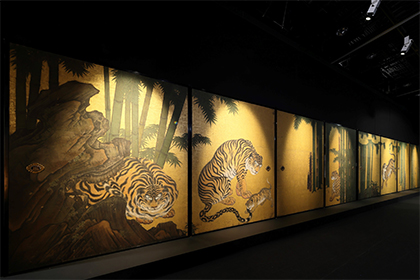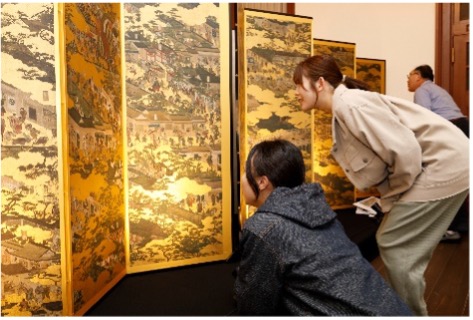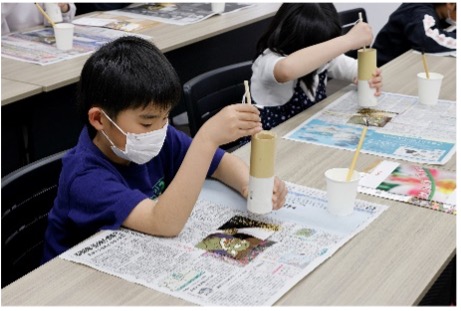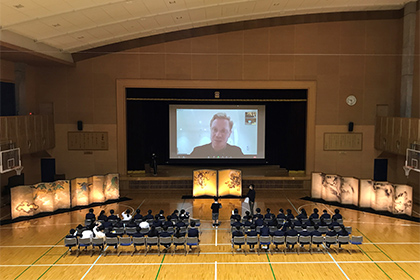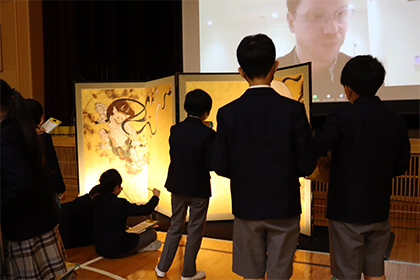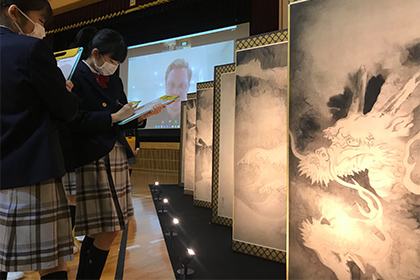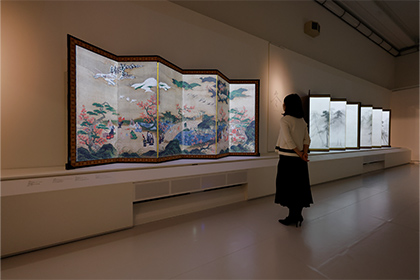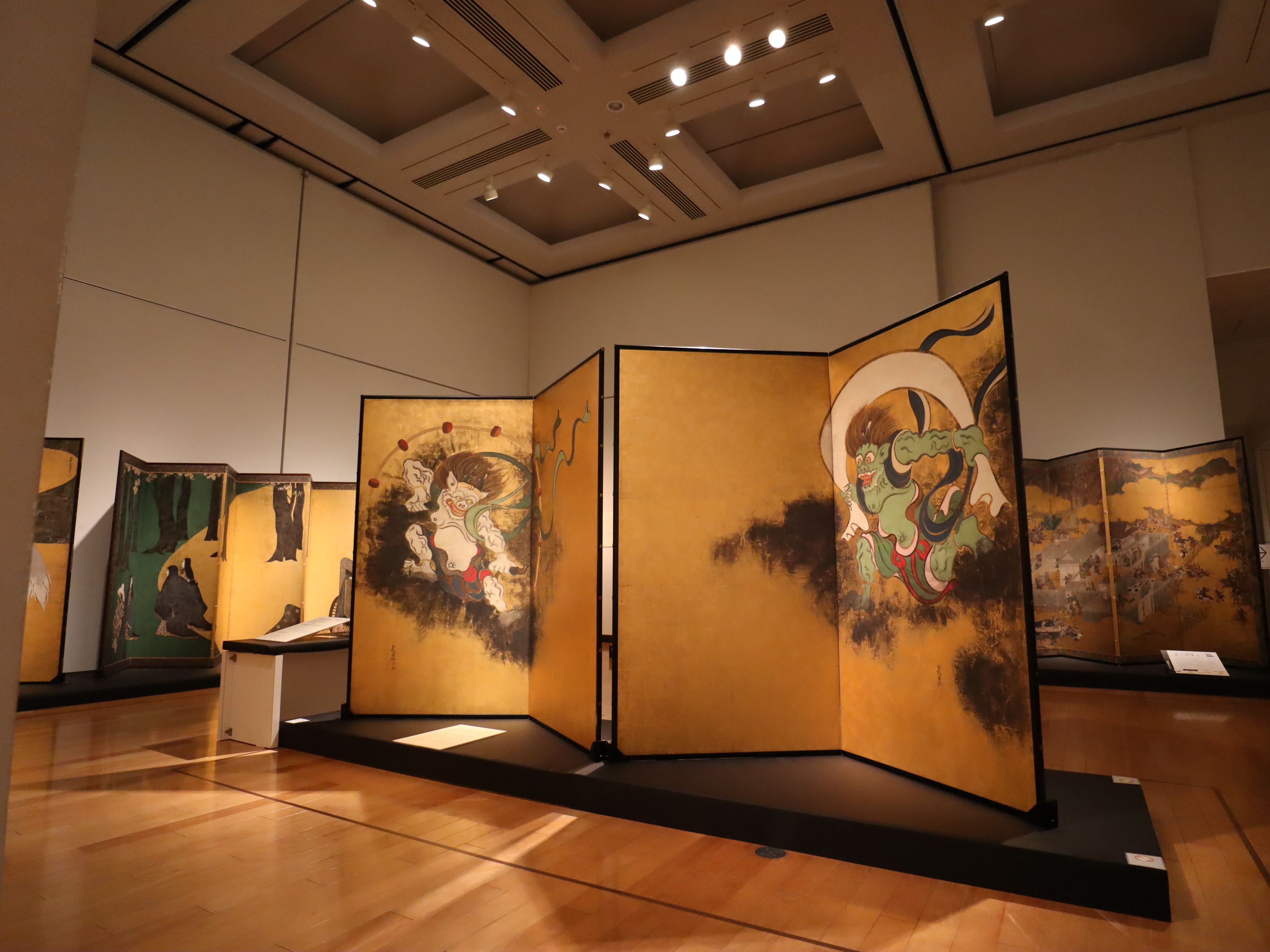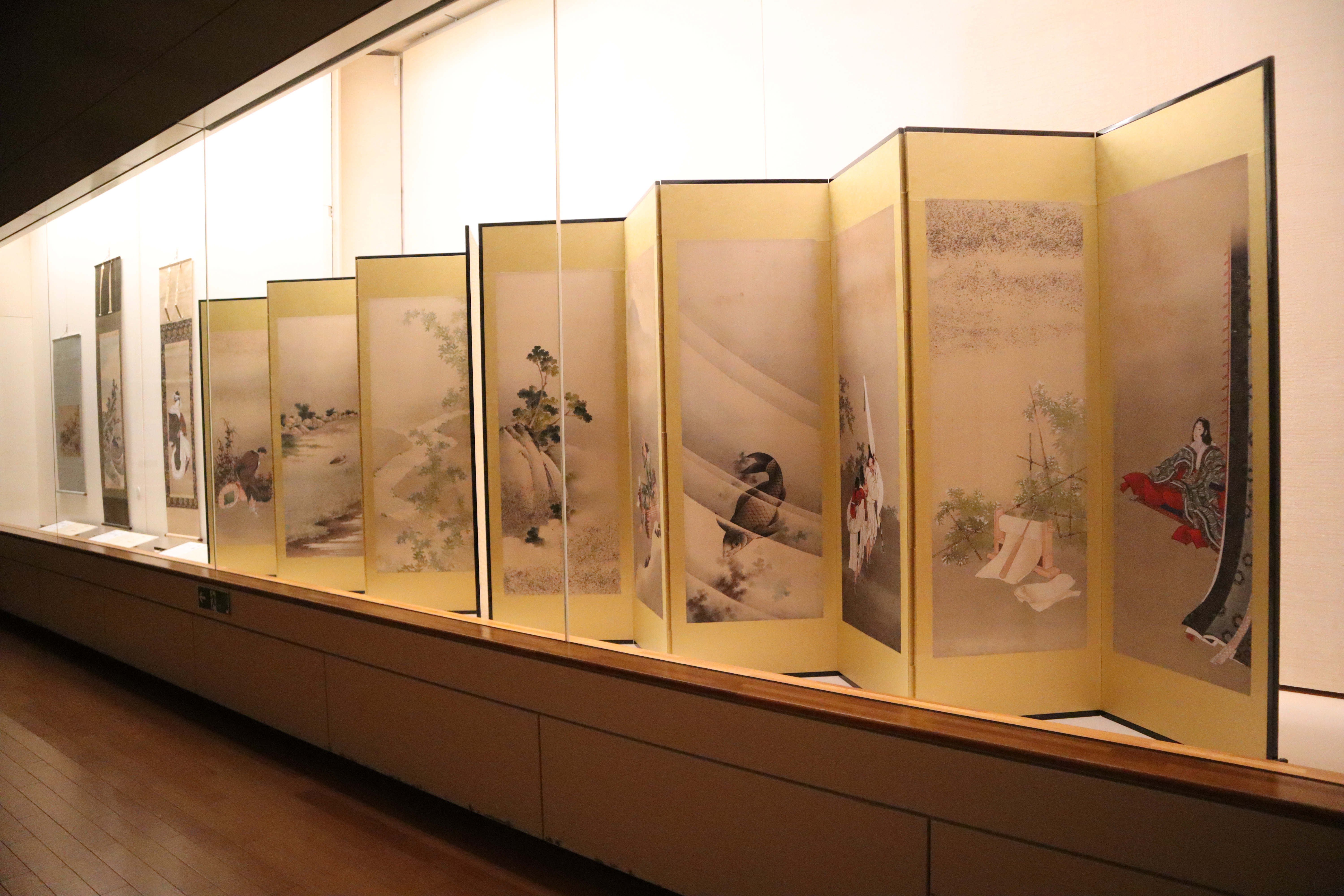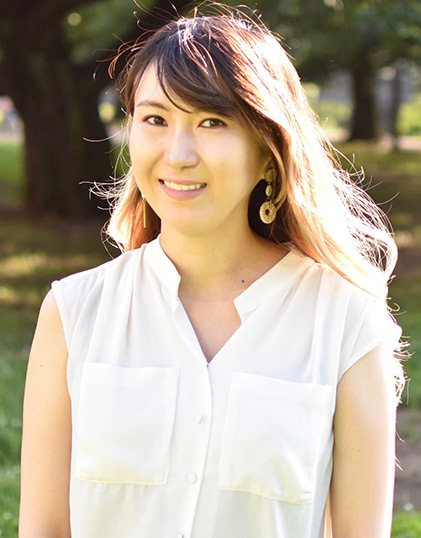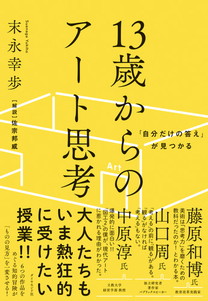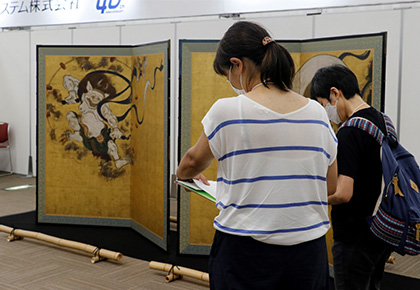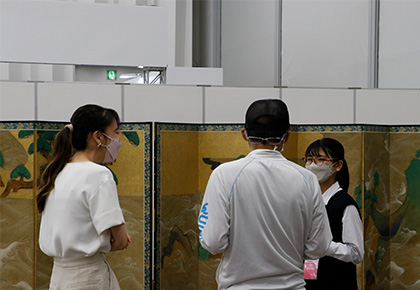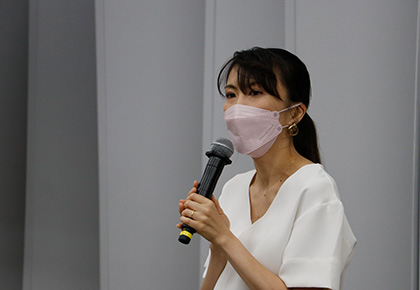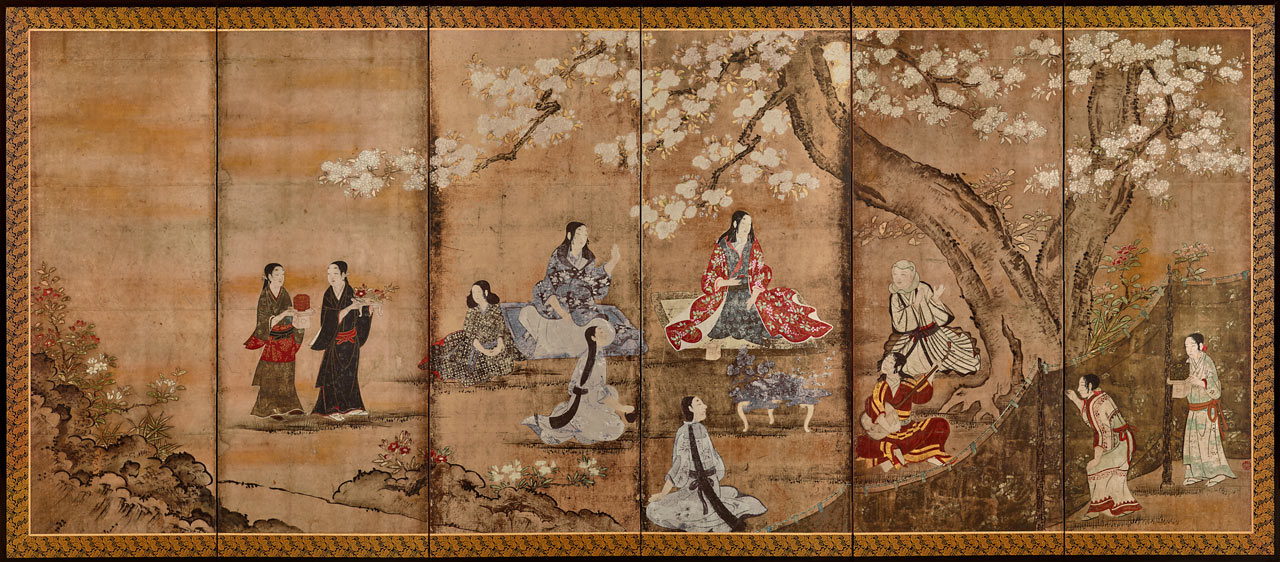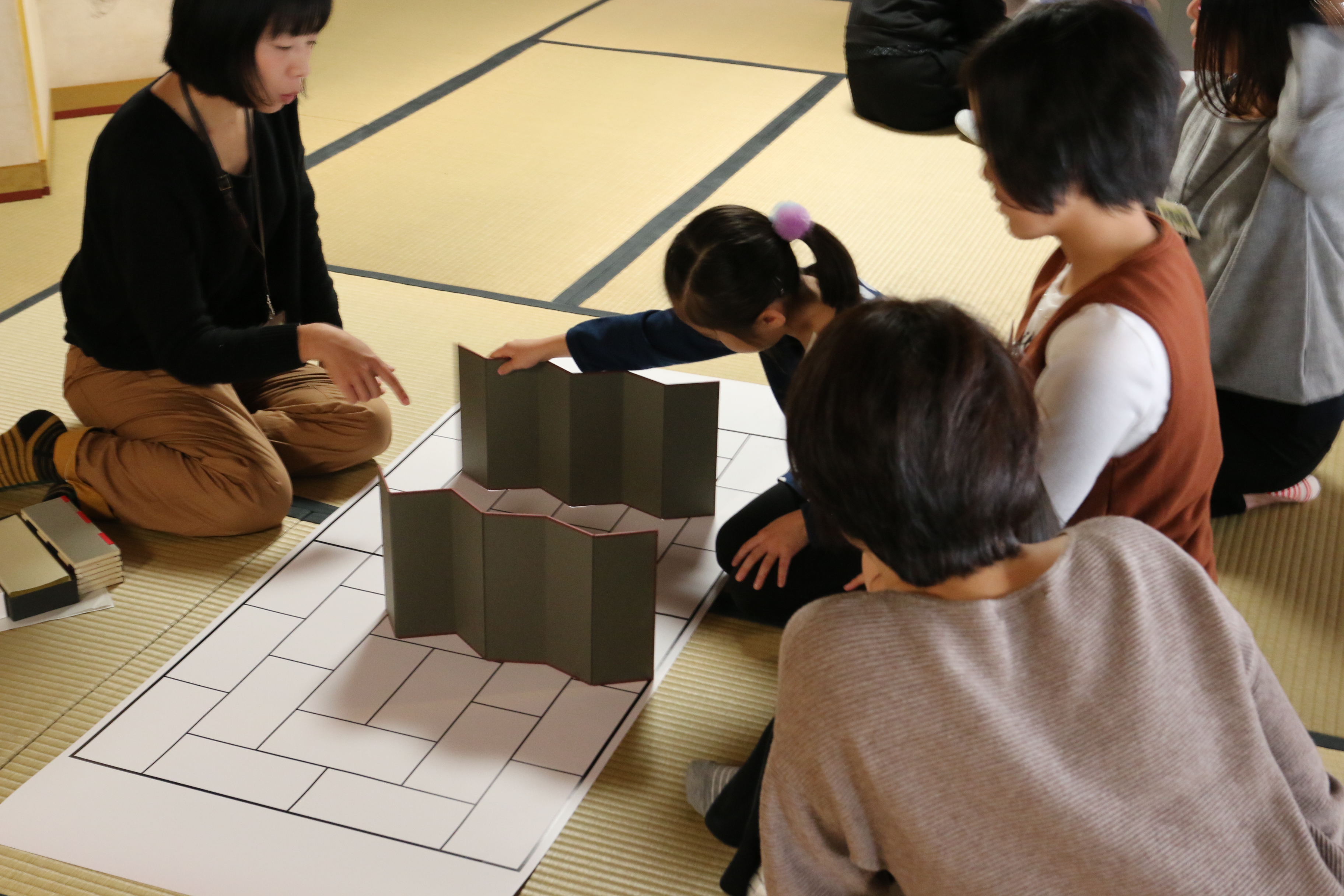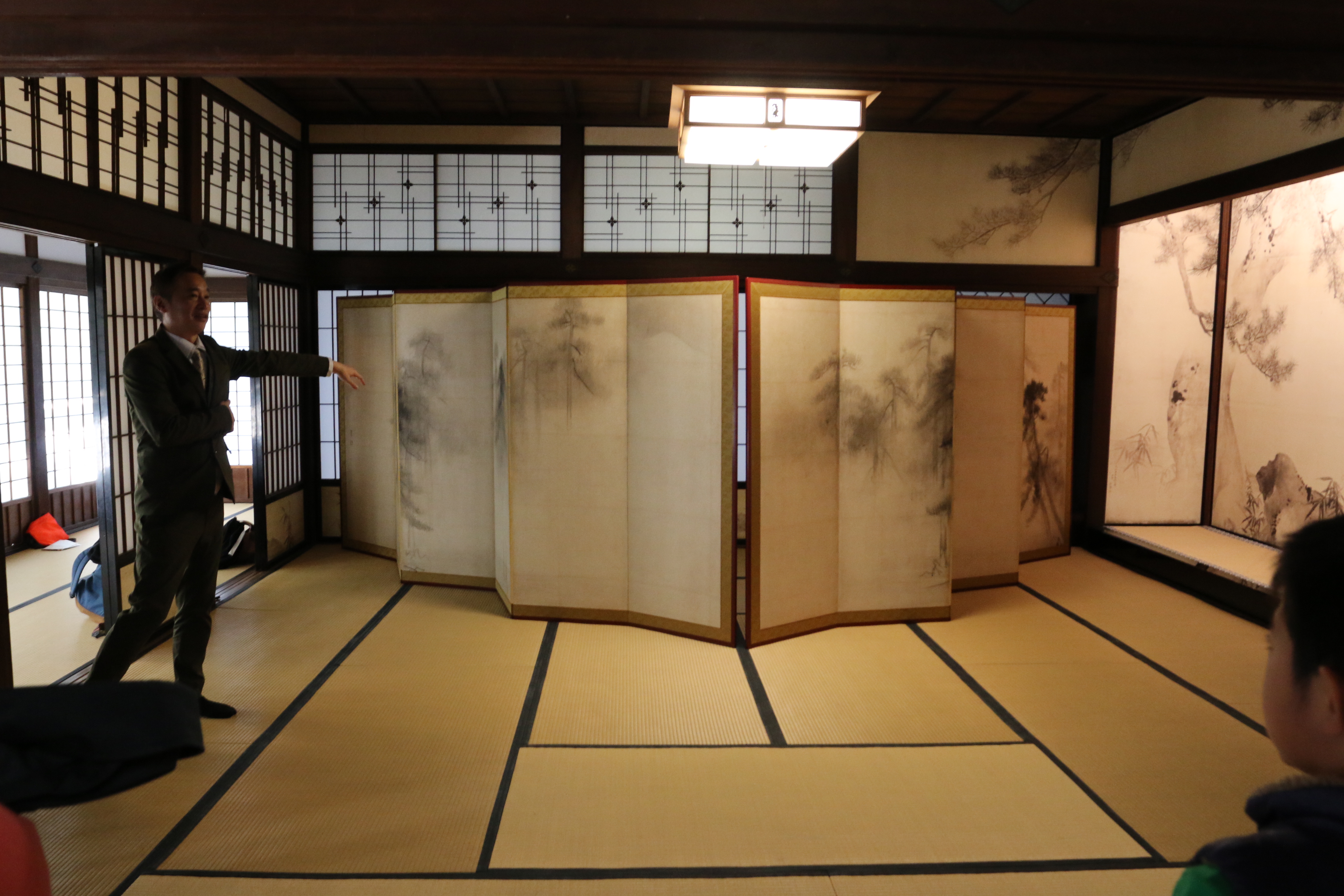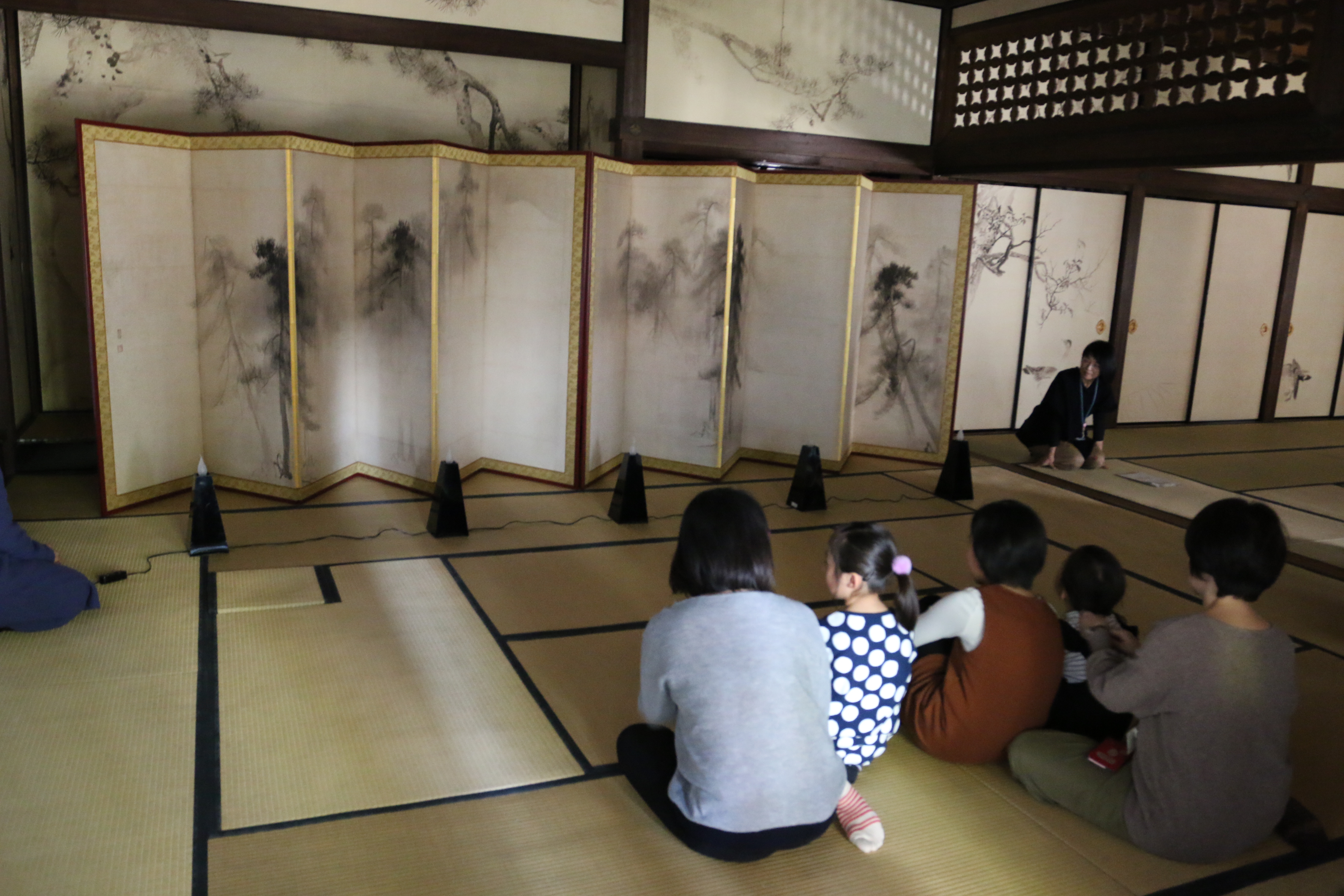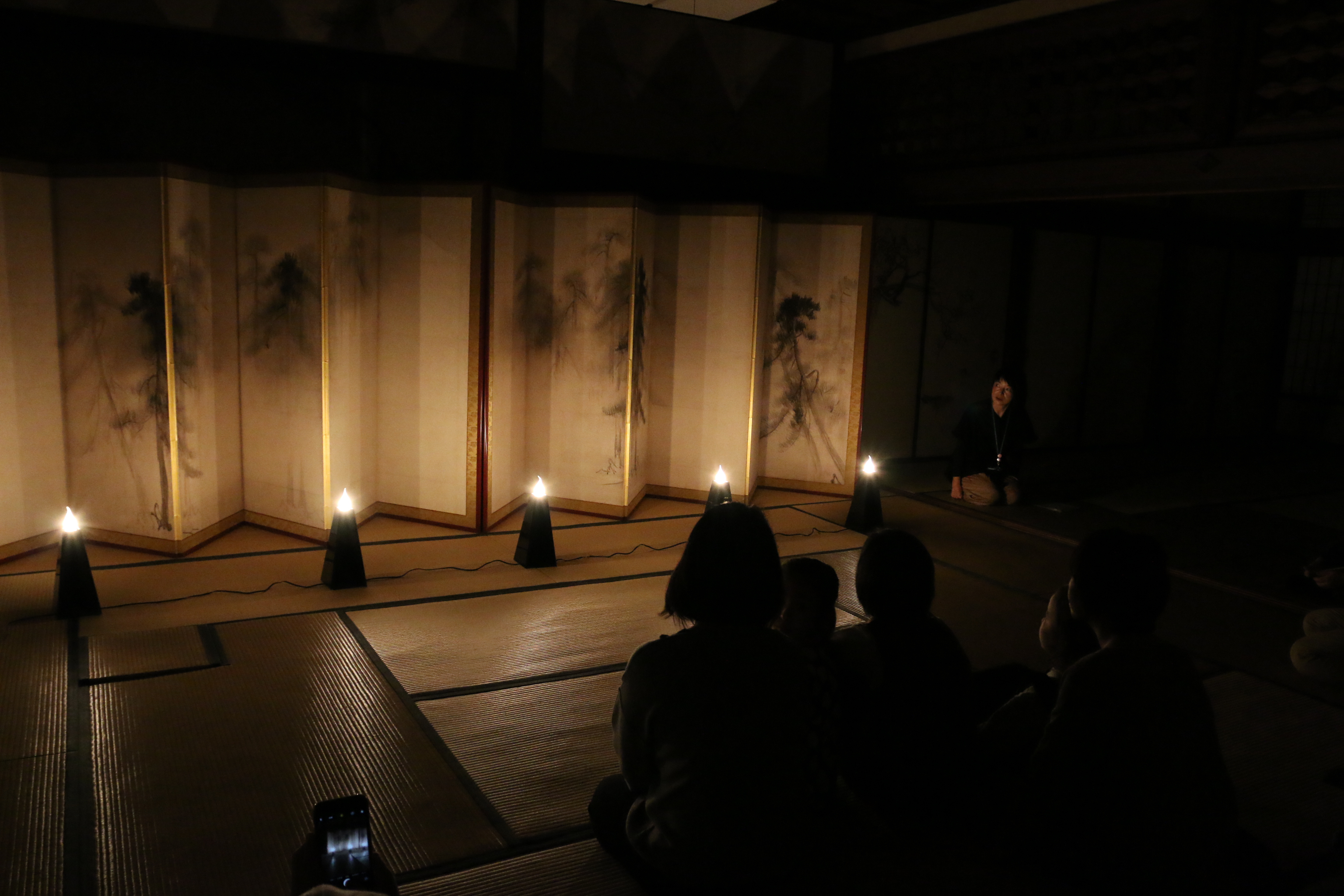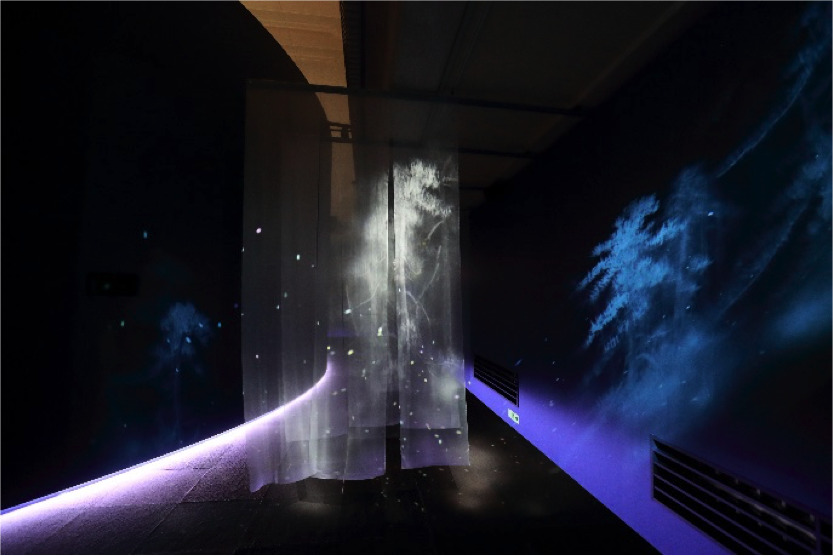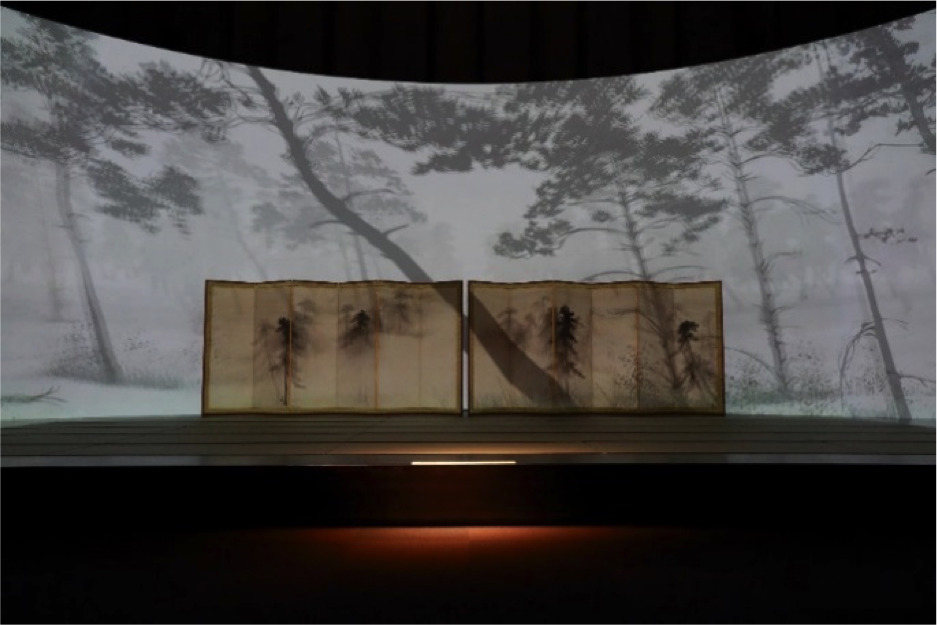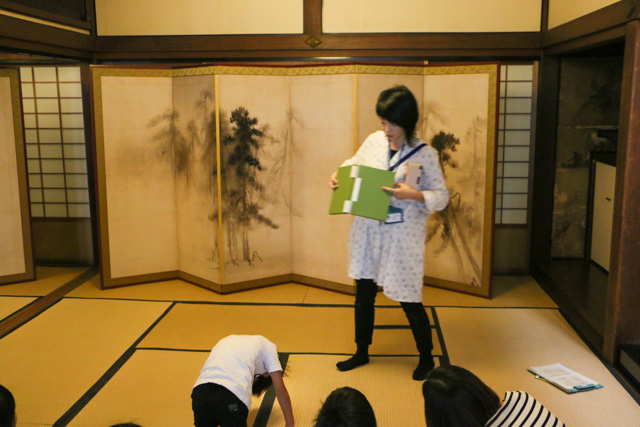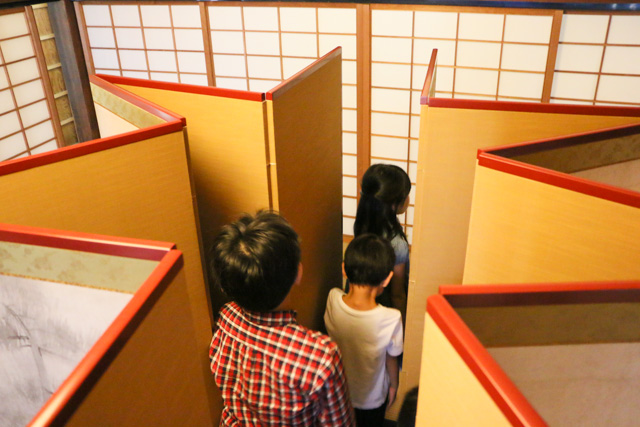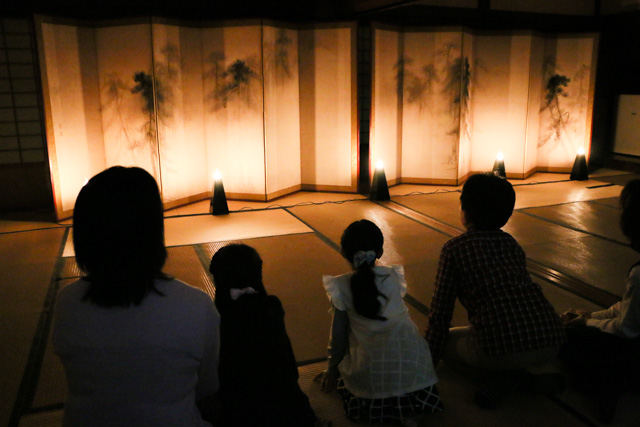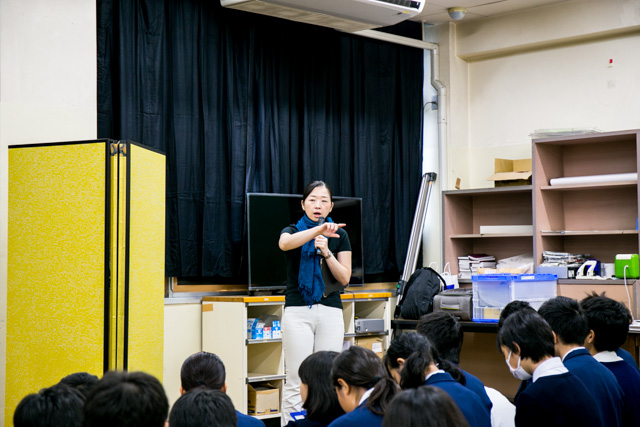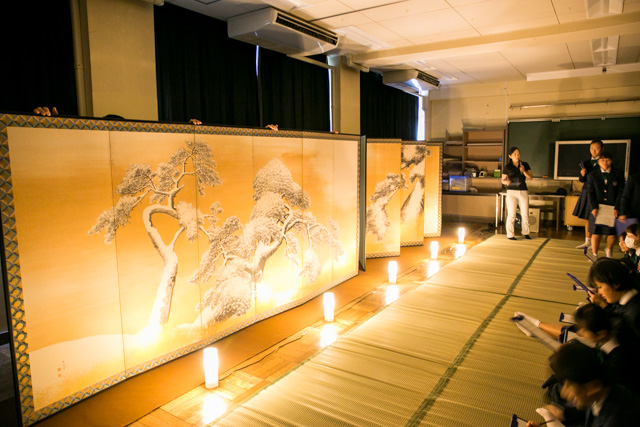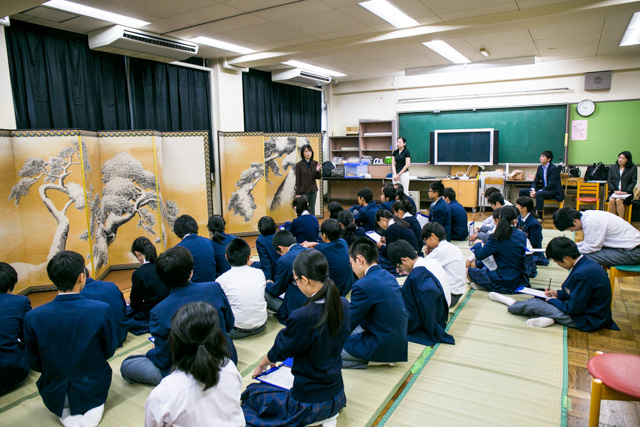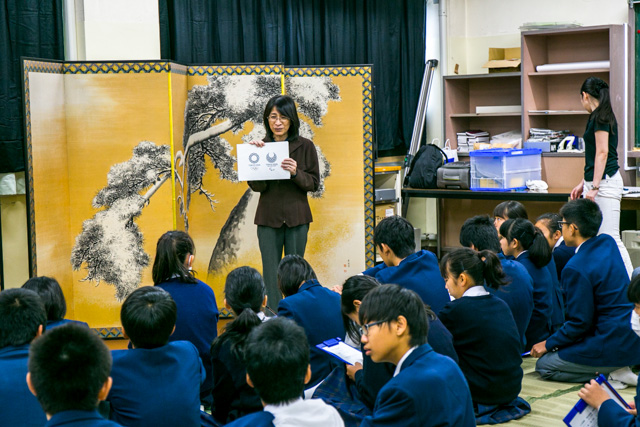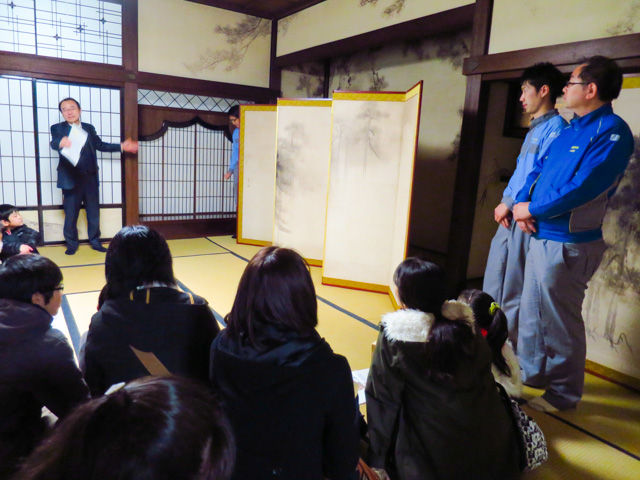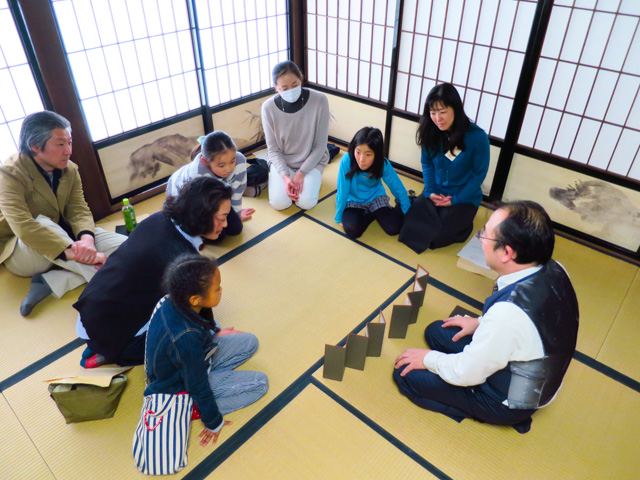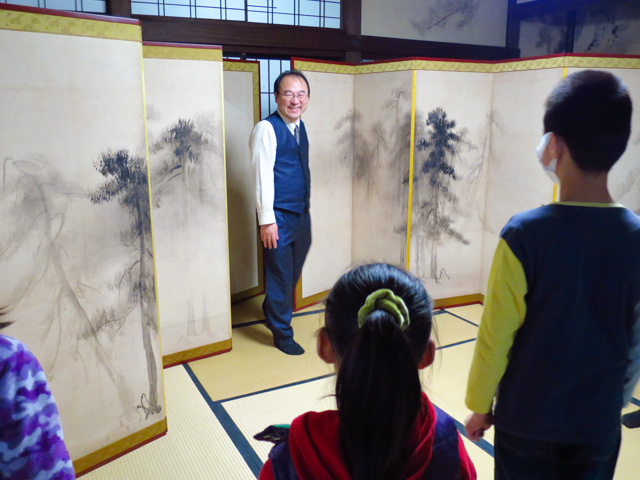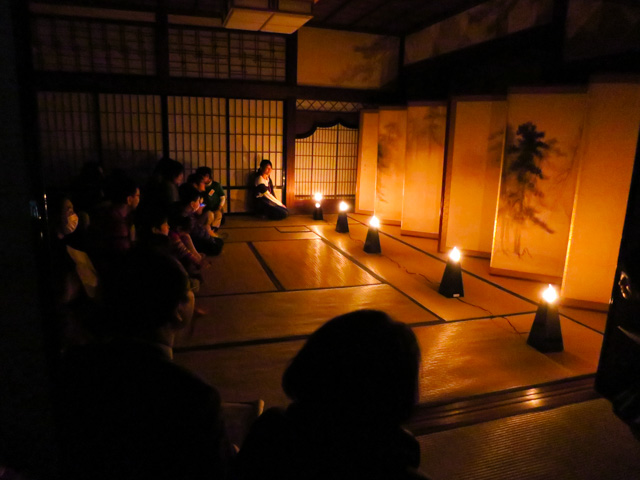December 27, 2023
Tsuzuri Project hosts “Masterpieces from the Smithsonian’s National Museum of Asian Art” Exhibition at Kenninji Temple, Kyoto
From October 13 to November 3, 2023, the Tsuzuri Project hosted an exhibition entitled “Masterpieces from the Smithsonian’s National Museum of Asian Art” at Kenninji Temple in Kyoto. The exhibition was attended by large numbers of visitors from both Japan and overseas.
Held to celebrate the 100th anniversary of the Smithsonian’s National Museum of Asian Art, which is famed for its rich array of Japanese art, Masterpieces from the Smithsonian’s National Museum of Asian Art featured high-resolution facsimiles of 19 of the museum’s masterpieces. Its strict no loans policy means that, ordinarily, its prized artworks can only be seen by visitors to the museum. However, by creating extremely accurate high-resolution facsimiles of the works—which included the “Waves at Matsushima”, by Tawaraya Sotatsu, and numerous other masterpieces that would almost certainly be designated as National Treasures if held in Japanese collections—the Tsuzuri Project enabled them to be viewed in their homeland. The facsimiles were put on display at Kenninji Temple, the oldest Zen temple in Kyoto, where they could be appreciated without glass cases and under natural light.
A special nighttime viewings was held as part of a joint project with the art magazine Waraku, while Frank Feltens, a curator of Japanese art at the Smithsonian’s National Museum of Asian Art, gave a gallery talk. Participants paid careful attention to the paintings as he discussed the context in which the paintings were created, and pointed out aspects of the works particularly worthy of note.
Feedback for the exhibition was overwhelmingly positive, with visitors commenting: “I was glad to be able to see so many superb artworks that the Smithsonian does not allow to be loaned,” “These facsimiles could easily be mistaken for originals—I have nothing but admiration for the project’s technologies,” “I was able to appreciate the paintings under natural light, feeling the breezes pass through Kenninji Temple—it was a decadent experience,” and “I felt as though I had stepped back in time.”
*For an event report on the joint project with Waraku, please click on the following link (in Japanese only):
https://intojapanwaraku.com/art/229318/
